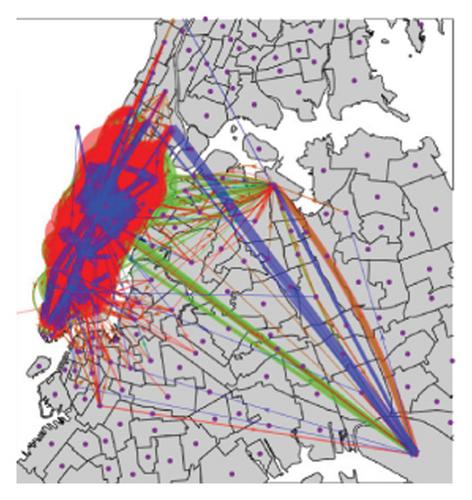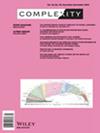Supply chain optimization and resource allocation are challenging because of the complex dynamics of flows. We can classify these flows based on whether they perform value-added or nonvalue-added activities in our process. The aim of this article is to present a multilayered temporal network-based model for the analysis of network flows in supply chain optimization and resource allocation. Implementation of a multilayered network distinguishes value-added from nonvalue-added resource flows, enabling a comprehensive view of the flow of resources in the system. Incorporating weighted edges representing the probabilities of time-dependent flows identifies the resource needs and excesses at each supply site, addresses optimal transportation challenges for resource reallocation, and assesses the efficiency and robustness of the system by examining the overlaps in network layers. The proposed method offers a significant extension to the toolsets for network flow analysis, which has the potential to improve decision-making processes for organizations dealing with complex resource management problems. The applicability of the proposed method is demonstrated by analyzing the temporal network extracted from taxi cab flows in New York City. With the application of the method, the results indicate that significant reductions in idle times are achievable.



